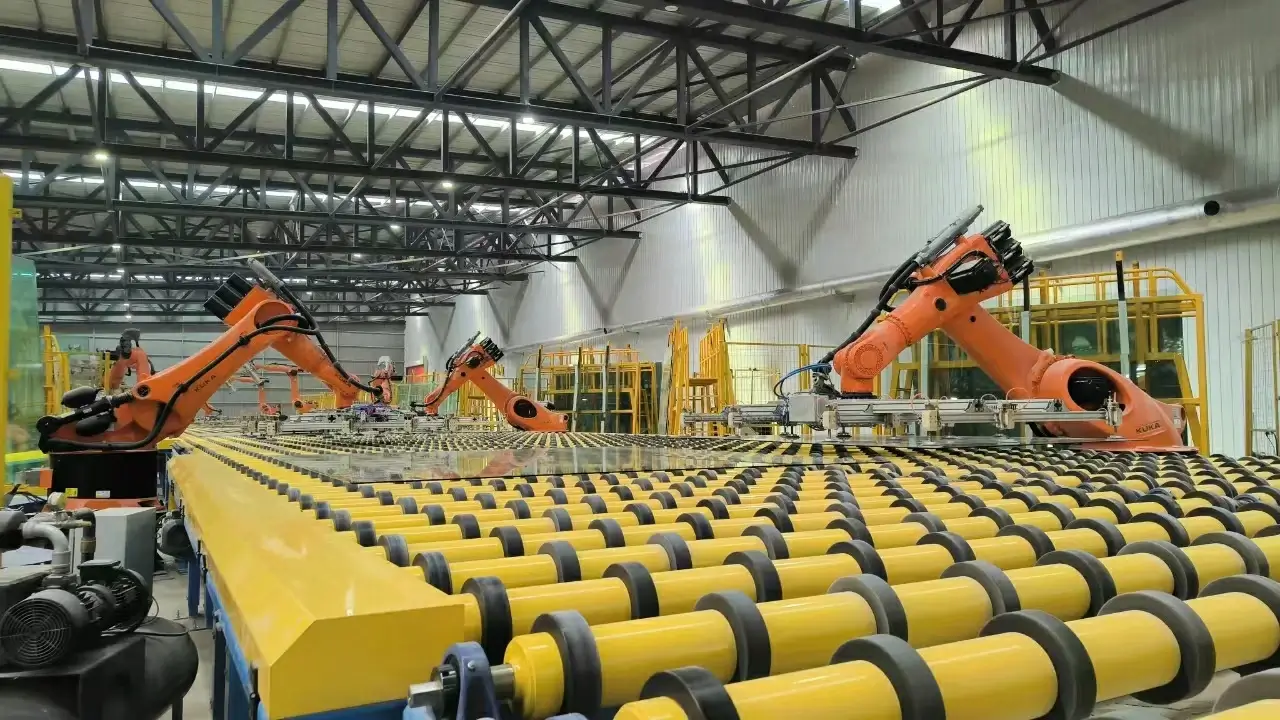

Understanding Plain Float Glass A Versatile Material
Plain float glass, often simply referred to as float glass, is a fundamental building block in the glass industry. It is a type of flat glass produced by the float process, a method that has revolutionized the way glass is manufactured since its inception in the mid-20th century. This article explores the properties, manufacturing process, applications, and advantages of plain float glass, highlighting its role in modern architecture and design.
The float glass process begins with the melting of silica sand, soda ash, and limestone in a furnace at extremely high temperatures. Once the raw materials are melted into a molten glass, it is poured onto a bed of molten tin. The lighter glass floats on top of the tin, creating a smooth, flat, and uniform surface. As this float glass cools, it maintains its flatness, resulting in a product that is free from distortions and irregularities. This process not only ensures high optical clarity but also allows for the creation of large sheets of glass with varying thicknesses.
One of the most significant properties of plain float glass is its transparency. With a high light transmission rate, it allows natural light to flood into spaces, enhancing their ambiance. Float glass also possesses excellent optical qualities, making it suitable for various applications that require a clear view or visual precision. Additionally, it offers a relatively good level of scratch resistance, although it is important to note that it is not inherently tempered and can be susceptible to breakage under stress or impact.

The applications of plain float glass are extensive and diverse. In architectural settings, it is often used in windows, facades, and interior partitions, allowing for both aesthetic appeal and functionality. Float glass is also prevalent in furniture design, from tabletops to shelving. Beyond construction and interior design, it finds its place in the automotive industry, where it is utilized in windshields and windows due to its clarity and ability to be shaped into various forms.
One of the primary advantages of plain float glass is its versatility. It can be easily cut, shaped, and treated to fit specific needs, making it an adaptable choice for manufacturers and designers alike. Furthermore, it can be coated or printed to enhance its performance or to create decorative effects, expanding its use in creative applications.
In recent years, the glass industry has also seen a shift toward more sustainable practices, and plain float glass is no exception. Manufacturers are increasingly focusing on recycling scrap glass to reduce waste and energy consumption. The use of float glass can contribute to energy efficiency in buildings, especially when coupled with low-emissivity coatings that reflect heat.
In conclusion, plain float glass is a vital material that combines functionality with aesthetic appeal. Its manufacturing process yields a product that is not only visually pleasing but also serves numerous practical purposes across various industries. As technology advances, the uses for plain float glass are expected to evolve, maintaining its significance in the realm of design and construction. Whether in homes, offices, or vehicles, plain float glass continues to illuminate spaces, blending seamlessly into the backdrop of modern life.